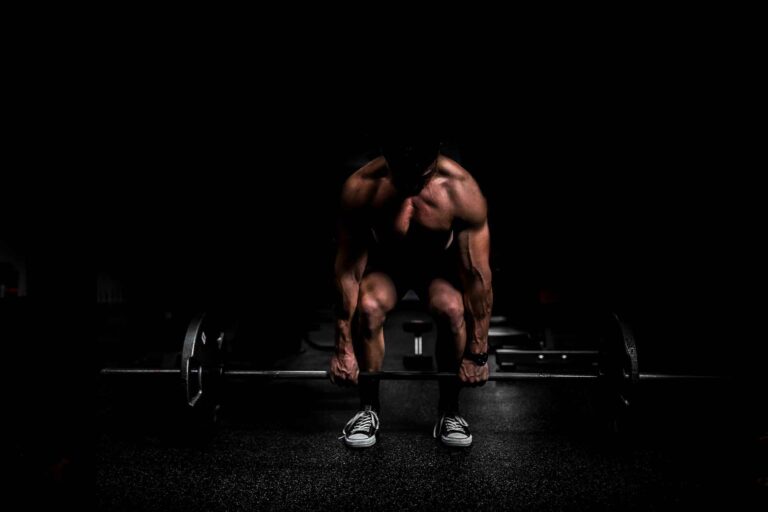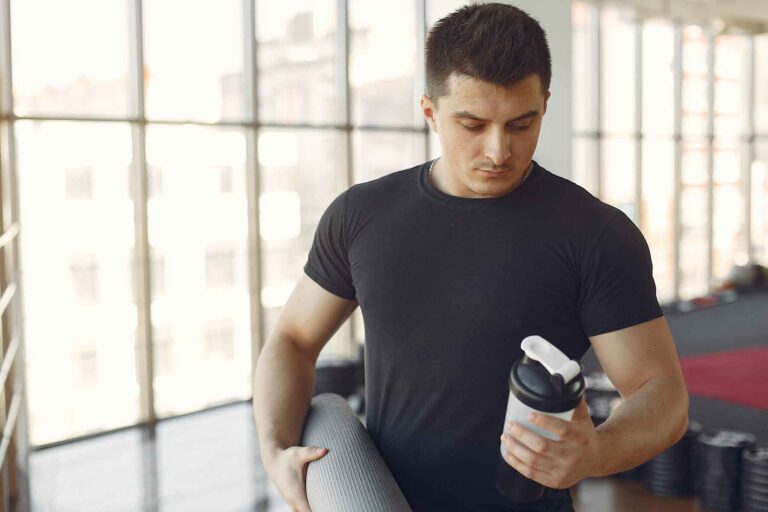
What Causes Flared Ribs? Conditions of flare ribs
Visit these pages and apps to continuous your journey.
But what causes flared ribs? also known as splayed ribs, are a common condition where the lower ribs curve outward, causing the ribcage to expand.
What Causes Flared Ribs?
Research suggests that flared ribs can be caused by a combination of genetic, environmental, and lifestyle factors, including:
- Genetic predisposition: Flared ribs can run in families, suggesting a genetic
- link.
- Rapid growth spurts: Sudden growth spurts during puberty can lead to flared ribs .
- Obesity: Excess weight can put pressure on the ribcage, causing it to expand (4).
- Pregnancy: Hormonal changes during pregnancy can cause the ribcage to relax and expand.
- Respiratory conditions: Certain conditions like chronic obstructive pulmonary disease (COPD) can cause flared ribs.
- Poor posture: Slouching or slumping can put strain on the ribcage, leading to flared ribs.
- Muscle imbalances: Weak or tight muscles in the chest and back can contribute to flared ribs.
- Trauma or injury: A blow to the chest or a sudden injury can cause the ribs to flare.
- Scoliosis: Abnormal curvature of the spine can lead to flared ribs.
- Marfan syndrome: A genetic disorder that affects the body’s connective tissue.
- Ehlers-Danlos syndrome: A group of genetic disorders that affect the body’s connective tissue.
- Cerebral palsy: A neurological disorder that can cause muscle imbalance that can become the reason of flared ribs.
Risk Factors for Flared Ribs
Certain factors can increase your risk of developing flared ribs, including:
- Family history: If you have a family history of flared ribs, you’re more likely to develop the condition.
- Age: Flared ribs are more common in adolescents and young adults.
- Obesity: Being overweight or obese increases your risk of developing flared ribs.
- Poor posture: Slouching or slumping can put strain on the ribcage, leading to flared ribs.
- Muscle imbalances: Weak or tight muscles in the chest and back can contribute to flared ribs.
- Respiratory conditions: Certain conditions like chronic obstructive pulmonary disease (COPD) can increase your risk.
- Scoliosis: Abnormal curvature of the spine can lead to flared ribs.
- Genetic disorders: Certain genetic disorders, such as Marfan syndrome and Ehlers-Danlos syndrome, can increase your risk.
- Trauma or injury: A blow to the chest or a sudden injury can cause the ribs to flare.
- Pregnancy: Hormonal changes during pregnancy can cause the ribcage to relax and expand.
- Rapid growth spurts: Sudden growth spurts during puberty can lead to flared ribs.
- Weakened bones: Conditions like osteoporosis or rickets can increase your risk.
- Smoking: Smoking can weaken the bones and increase your risk.
- Lack of exercise: A sedentary lifestyle can contribute to muscle imbalances and flared ribs.
Symptoms of Flared Ribs
Flared ribs can cause a range of symptoms, including:
- Visible curvature: The most obvious symptom is the visible outward curvature of the lower ribs.
- Discomfort or pain: Flared ribs can cause discomfort or pain in the chest, back, and abdomen.
- Breathing difficulties: In severe cases, flared ribs can lead to breathing difficulties, especially in people with pre-existing respiratory conditions.
- Fatigue: The constant strain on the ribcage and surrounding muscles can lead to fatigue.
- Posture problems: Flared ribs can affect posture, leading to slouching or slumping.
- Muscle strain: The muscles in the chest and back may become strained or tight.
- Chest tightness: Flared ribs can cause a feeling of tightness or constriction in the chest.
- Rib pain with movement: Pain or discomfort in the ribs when moving, twisting, or bending.
- Abdominal discomfort: Flared ribs can cause discomfort or pain in the abdomen.
- Shortness of breath: In severe cases, flared ribs can lead to shortness of breath or difficulty taking deep breaths.
Treatment Options for Flared Ribs
The treatment for flared ribs depends on the severity of the condition and the underlying cause. Here are some possible treatment options:
- Exercise: Regular exercise can help strengthen the muscles around the ribcage, improving posture and reducing discomfort.
- Physical therapy: A physical therapist can help improve posture, strengthen muscles, and increase flexibility.
- Weight loss: Losing weight can reduce pressure on the ribcage and alleviate symptoms.
- Surgery: In severe cases, surgery may be necessary to correct the curvature of the ribs.
- Bracing: Wearing a brace can help support the ribcage and improve posture.
- Pain management: Pain relief medications, such as acetaminophen or ibuprofen, can help manage discomfort.
- Respiratory therapy: Techniques such as deep breathing exercises can help improve lung function.
- Posture correction: Making a conscious effort to improve posture can help reduce strain on the ribcage.
- Massage therapy: Massaging the muscles around the ribcage can help reduce tension and discomfort.
- Chiropractic care: Chiropractic adjustments can help improve posture and reduce pressure on the ribcage.
- Orthotics: Custom orthotics can help support the ribcage and improve posture.
It’s essential to consult with a healthcare professional to determine the best course of treatment for your specific case of flared ribs.
FAQs
Yes, flared ribs can be treated with exercise, weight loss, and in severe cases, surgery.
Flared ribs can cause discomfort or pain in the chest and back, but it's not always painful.
Yes, in severe cases, flared ribs can lead to breathing difficulties, especially in people with pre-existing respiratory conditions.










